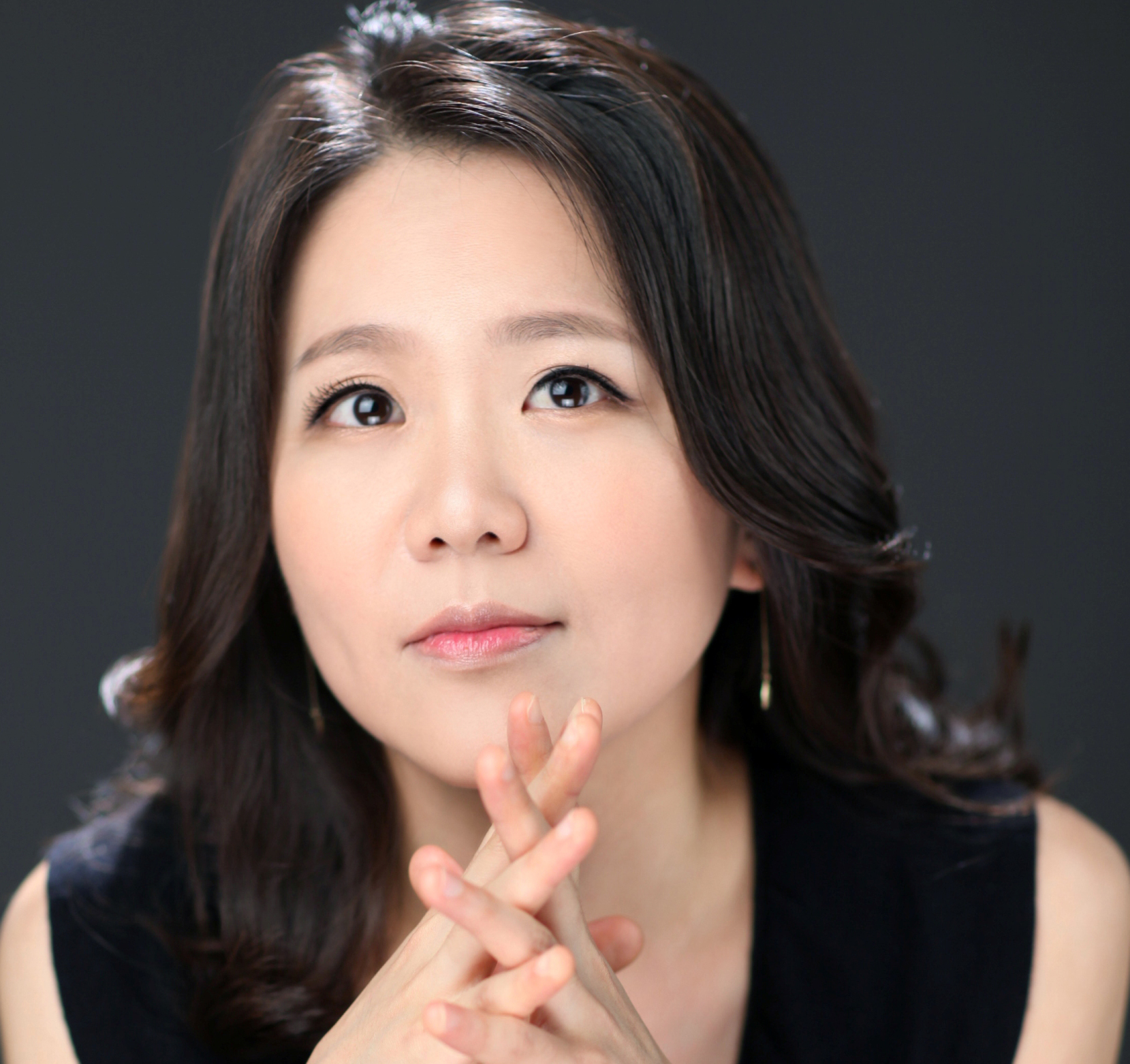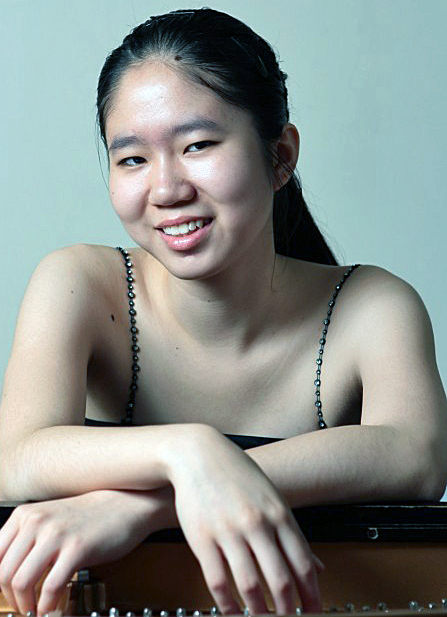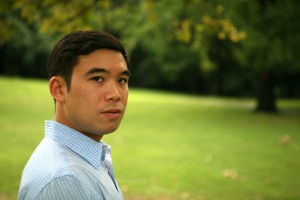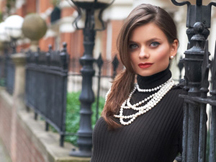Multicultural Sonic Evolution (MuSE) presents Sookkyung Cho, Piano
Weill Recital Hall, Carnegie Hall, New York, NY
March 24, 2015
An engaging evening of piano music entitled “Two in One” started appropriately this week with an enchanting miniature entitled Snowdrop (2015) suggesting the beauty of this time of year, transitions and contrasts between winter and spring, and as the program notes describe, “despair and hope.” Written for this evening’s pianist, Sookkyung Cho, by composer Yui Kitamura (b. 1983 – also the Artistic Director of MuSE), it was given a sensitive and imaginative reading. Evoking the melting of ice under gently streaming treble figurations, the work is characterized by a winsome tonal lyricism that brought to mind the music of Norman Dello Joio, while always possessing an individual voice. It was an auspicious start to the program.
On to the weightier works, Ms. Cho proved herself to be more than up to handling the challenges in Schumann’s sprawling Davidsbündlertänze, Op. 6, and more. Ms. Cho is, not surprisingly, the winner of a slew of awards and honors, including from The Juilliard School where she received her Bachelor of Music and DMA degrees, and from The Peabody Institute (MM). She demonstrates a keen intelligence, strong technical command, and impressive stamina, with a physical approach that is strong but undemonstrative. There was much to commend about each of the eighteen character pieces, which alternately conveyed Schumann’s contrasting sides of the spirited Florestan and introverted Eusebius (both part of the “Band of David” to which the title refers – and both in keeping with this concert’s duality theme). The performances were taut, polished, and respectful to the score, with only the occasional fingerfehler. They showed almost no excess (except the rare overly resonant bass line, perhaps due to the piano) and virtually no self-indulgence, so there was not an instant when one would say that the performer’s ego got in the way; on the flip-side, though, one sometimes wanted more individual intimacy and abandon. After all, this set was composed while Schumann was in the throes of longing for his love, Clara, and it contains some of the most vivid and moving music of the Romantic period.
After intermission, Ms. Cho played C.P.E Bach’s Fantasia in F-sharp minor, Wq67, a rather underplayed and intriguing work, and a perfect dramatic and historical pairing with the next, Beethoven’s 32 Variations on an Original Theme in C Minor, WoO 80. In a way, the evening’s theme of duality, or as the program notes framed it, “dialectic in music,” could be plausibly applied to countless works and programs, but it did make a viable “hook” on which to hang these works for those needing more than simply an evening of great works. The best “hook” is always good playing, and we enjoyed a good measure of it, but the premise for the inclusion of this Beethoven work was that it has “an extremely regular bass line with free florid lines in his variations.” That was certainly clear in Ms. Cho’s able hands, with only small lapses.
As part of a Korean-Western duality, two selections from Three Korean Minyo (2014) by Teddy Niedermaier (b. 1983) were presented as a New York Premiere. They were a highlight of the evening. We heard the songful “Bluebird, Bluebird” and the rather jazzy “Song of the Roasted Chestnuts” – both folk song transcriptions full of character and color. Ms. Cho showed the most involvement of the evening in these, and the pieces sprung to life in winning performances.
The program concluded with Liszt’s Après une Lecture de Dante, Fantasia quasi Sonata, to adhere to the theme of the program, the quintessential Romantic battle of light and dark. For many pianists it is also a battle to navigate through torrents of octaves, but there were no such problems for Ms. Cho, who concluded the evening with brilliance.




